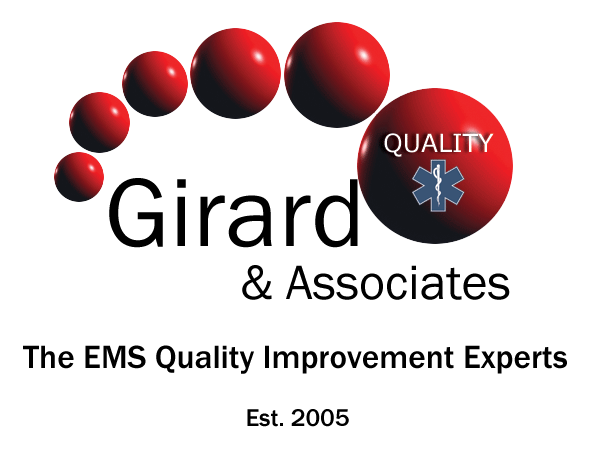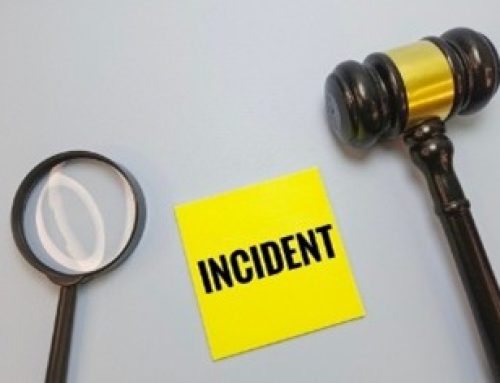It has often been said that one of the riskier things an EMS provider can do is to accept and write up a patient refusal. In many cases patients refuse care and later, when something bad happens they may look for a reason to point the finger at bad advice given by EMS responders. If a standard patient refusal is high risk, the Provider Induced Patient Refusal(PIPR) is about as risky as you can get.
There have been several cases in the news recently of EMS providers being recorded or on video camera advising patients that being transported to the hospital may be inconvenient, costly, or even medically unnecessary. This creates significant risk to the patient, the provider, and the EMS agency.

There are few jurisdictions where EMS providers are allowed to advise patients to NOT go to the hospital. For agencies that have a properly thought out and accepted diversion policy where providers are trained and have protocol to send patients to facilities or non-traditional services, this may be within protocol and acceptable practice.
But for your day-to-day 911 EMS agency, this can increase risk significantly and wind up plastering your agency’s reputation all over the news (or worse yet, the internet!). Providers may also find themselves in serious legal trouble, sanctions from regulatory agencies or may even lose their license to practice.
A provider induced patient refusal is a refusal where the field provider(s) are either actively or passively trying to get the patient to say those magic words, “I don’t want to go to the hospital”. It usually is a laziness tactic on the part of the field providers who do not want to do the work involved in assessing, treating, and/or transporting the patient to the hospital.
It can be direct as was recently captured on video in an Arizona case where the providers told the patient that the ambulance ride would likely cost the patient $1500 and the medic stated he knew he personally would rather spend that kind of money on something else, or it can be less obvious in nature.
The less obvious comments may sound something like the provider advising the patient that the ED is really busy right now and there may be a long wait to be seen, or advising the patient that they can also call their doctor or health care practitioner and schedule an appointment. Some providers have even advocated that the patient call a family member to drive them to the hospital so as not to tie up an ambulance that may be needed for more important calls.
If you have been involved in EMS for even a short amount of time, you likely have seen these types of behaviors and possibly some even more egregious ones.
Solutions
So, what is a CQI coordinator supposed to do about the provider induced refusal?

Firstly, be aware that it probably goes on in your department as it does in pretty much every department everywhere. In some cases, providers are not necessarily looking to get out of doing the call. They may genuinely feel that they are doing the patient a service by not incurring a large ambulance bill, ED wait time, or making a big deal out of nothing.
The CQI coordinator is uniquely situated to interact with providers on a regular basis and the words you use and the emphasis you put on this topic is important. Often CQI personnel feel like they are shouting in the woods, and no one is listening, but as any engaged parent knows, the children are often listening even when they don’t seem to be.
Set the tone that patient refusals are high-risk on many levels and for providers to actively try to get refusals as opposed to treating and transporting is not acceptable.
Set specific performance expectations and provide timely feedback to your EMS staff.
Repeatedly reinforce this message across your EMS agency.
Another way to get a handle on this activity is by listening to your staff. Providers tend to open up to a CQI coordinator that models a Command presence, who is Compassionate, who models Coach-ability themselves, and who has a Competitive drive to be the best: The G&A 4Cs of EMS CQI Leadership. They may share their thoughts and feelings on this topic if you will simply listen. Be in the moment. Empathetic and engaged listening will help you to understand how much of a problem this may be in your organization and how critical an issue it may be. Consider being curious versus judgmental. Providers will tell you who the bad actors are with the hopes that you will do something about it. Don’t ignore the clues!
One of the best ways to determine if there is a problem with provider induced patient refusals is during the CQI audit process. Every patient refusal should be reviewed by CQI (this will emphasize to the staff how important an issue it is) and feedback given to providers on how well they are executing refusals. More importantly, many providers will use documentation language that suggests they may have helped persuade the patient to refuse. This is a great opportunity to find and fix this issue before it ends up on the evening news.
Reinforcement through education is also a good idea. Make sure your education staff understand the importance and relevance of providers eliciting refusals and get their assistance in promoting good refusal practices through the education process. Most EMS educators are well versed in teaching how to execute a refusal but don’t often spend time discussing the perils of providers actively soliciting them. Teach, coach, and mentor PIPRs out of your EMS Agency.
Management support can also go a long way in fixing this problem. Memos, advisories, and establishing a culture of doing the right thing will set the tone and persuade staff members that the patient experience is the reason we exist and making that experience positive is the mission. Letting the staff know that soliciting a refusal is an unacceptable practice and will not be tolerated is essential. Consider implementing a PIPRs Policy or add PIPRs language under the advice of competent legal counsel in your jurisdiction.
Even providers who are not intentionally trying to get the patient to refuse often use language in their verbal or written communications that can be construed as influencing the patient. The CQI process is the perfect time to find and discuss with providers how you want them to handle themselves during these encounters and how best to document these encounters so as not to be accused of indirectly influencing the patient in their decision-making process.
Summary
Providers who solicit patient refusals are doing a disservice to the patient and their employer and may cause reputational harm as well as financial harm to the organization. A billable call becomes non billable in most refusal scenarios. Additionally, patient harm may result as these patients often are not properly assessed for likely clinical conditions they may have, or their clinical condition is minimized or outright ignored. And this behavior may put the providers license to practice in jeopardy.
In light of recent highly public cases of providers doing the wrong thing, it is incumbent upon every EMS agency to ensure that patients are getting all the compassionate care they need and are not left in a position of potentially experiencing a bad outcome. For more discussion on this topic, listen to our podcast, The G&A Way: Season 2 Episode 2 – Preventing the Provider Induced Patient Refusal which can be found at www.girardassoc.com. You can also contact the author Paul Girard at paul.girard@girardassoc.com.



